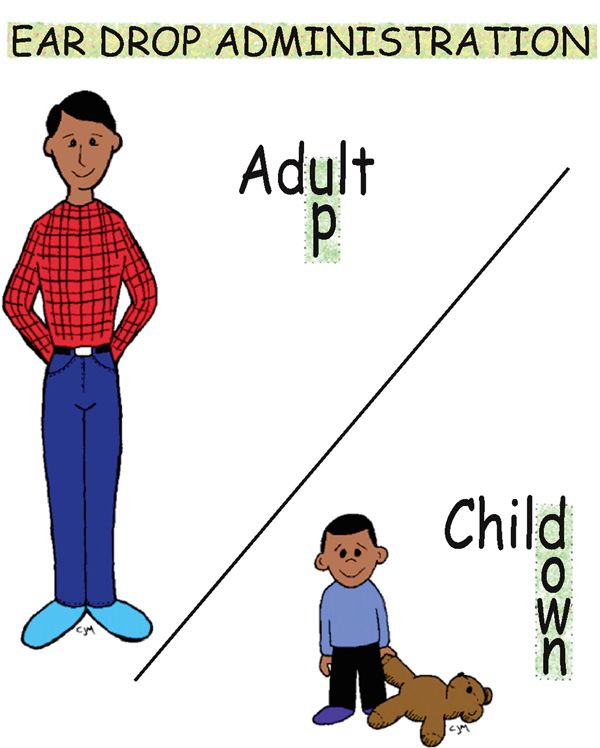Medication Administration

SIX RIGHTS OF MEDICATION ADMINISTRATION
ROUTES OF ADMINISTRATION
• Enteral or oral (most common)—ingested into gastrointestinal tract.
• Parenteral—injected into blood or body tissues (intravenous [IV], intramuscular [IM], subcutaneous [SC]).
• Topical—absorbed across skin or mucous membrane.
• Inhalation—inhaled directly into lung to elicit local effects.
• Rectal and vaginal suppository—inserted for local effects.
NURSING IMPLICATIONS
1. Only administer medications you have prepared.
2. *Read medication label carefully; not all formulations of parenteral medications are appropriate for IV administration (e.g., regular insulin for IV use).*
• Why is this patient receiving this medication?
• What nursing observations will tell you the desired medication action is occurring?
• What are the nursing implications specific to this medication?
4. Do not leave medications at the bedside.
5. Check medication compatibility if administering IV.
6. *Medications prepared for one route may differ in concentration for another different route (e.g., epinephrine SC is concentrated, whereas IV preparation is dilute).*
• †Administering an SC epinephrine preparation IV could be fatal because of an overstimulation of the cardiac system.†
7. *Always check the patient’s armband before administering any type of medication.*
8. Have another nurse check medication calculations.
• *Do not inject more than 3 ml at one time.*
• Use the smallest needle necessary to administer medication correctly.
Medication Calculation

METHODS OF CALCULATION
• Drugs requiring individualized dosing can be calculated by body weight (BW) or body surface area (BSA).
• BW and BSA methods are useful when calculating pediatric medications and antineoplastic medications, as well as for patients with low BW, those who are obese, or those adults who are older.
• Before calculating a dose, all units of measurement should be converted to a single system, preferably what is on the drug label. For example: If the medication is supplied in milligrams (mg) and the drug is ordered in grams (g), then convert the g to mg.
NURSING IMPLICATIONS
1. Always have another registered nurse (RN) double-check medications when you have had to calculate the dosage.
2. Consult the health care provider if the dosage is outside the recommended range.
3. Do not administer medications if someone else has calculated the dose for you; *administer only those medications you have calculated and prepared.*
4. *Be very cautious about calculating drug dosages for pediatric patients.*
5. Just because an intravenous (IV) pump for the patient is in place, it does not mean that you do not need to know how many milliliters per hour you should be infusing. This infusion rate is important to know to set the pump and to check the accuracy of delivery.
Ear Drop Administration

PROCEDURE
• Position patient supine on his or her side with affected ear up.
• *Medication should be at least room temperature, not cold.*
• *Open ear canal of an adult by drawing back on the pinna and slightly upward.*
• *Open ear canal of a child under 3 years of age by drawing back on the pinna and slightly downward.*
• Instill medication, and allow it to flow into the ear by gravity.
• Have patient remain supine for a few minutes to keep the medication from leaking out.
USES
NURSING IMPLICATIONS
1. *If medication is not instilled at room temperature, the patient may experience vertigo, dizziness, and nausea.*
2. †If ear drainage if observed, assess patient and determine whether the eardrum is ruptured. If ruptured, do not administer medication until health care provider is consulted.†
3. Do not occlude ear canal with dropper or syringe.
4. ‡Never force medication into an occluded ear canal; doing so creates pressure, which could damage or rupture the eardrum.‡
Stay updated, free articles. Join our Telegram channel

Full access? Get Clinical Tree




